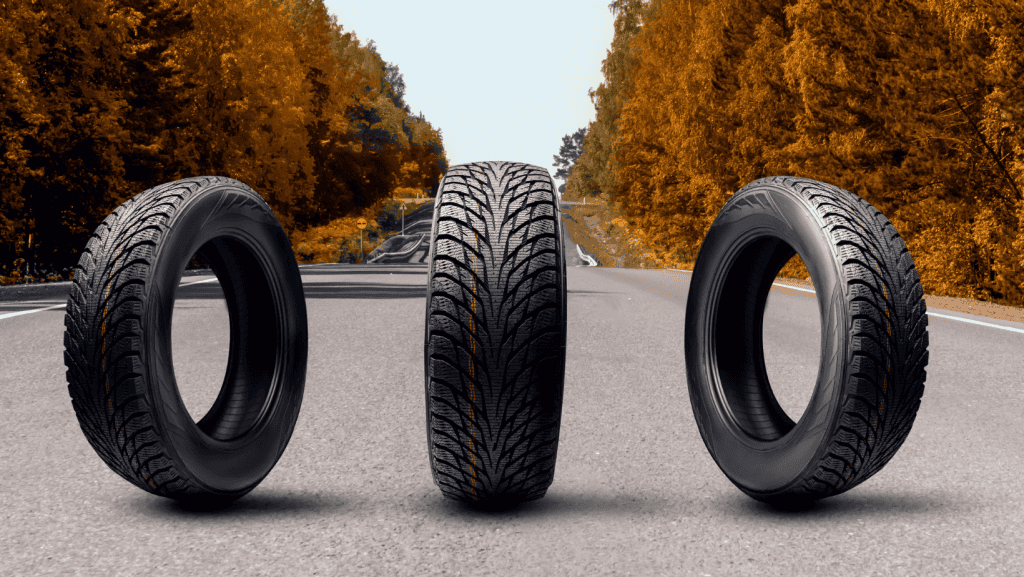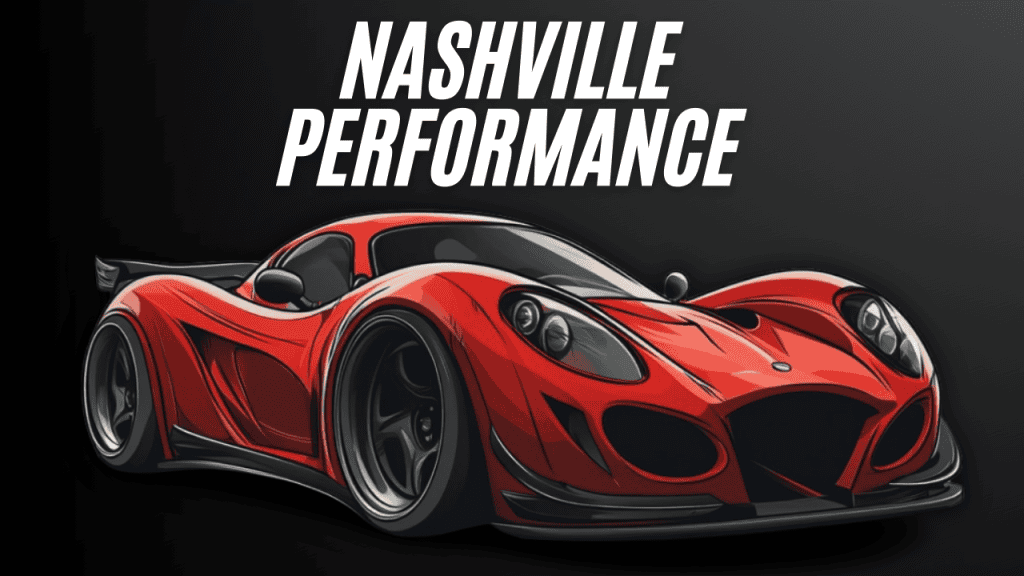Table of Contents
Deciphering Tire Tread Patterns
Tire tread patterns are a critical factor in determining a vehicle’s grip, handling, fuel efficiency, and safety. The right tread design can significantly improve traction, comfort, and durability depending on driving conditions. Whether you’re navigating city streets, highways, or rugged terrain, selecting the appropriate tread pattern enhances performance and extends tire lifespan.
Key Takeaways
- Types of Tire Tread Patterns: Symmetrical, Asymmetrical, and Directional treads serve different driving needs.
- Performance Factors: Tread patterns affect grip, noise levels, water dispersion, and durability.
- Terrain Suitability: Choosing the right tread enhances safety, efficiency, and vehicle control in different environments.
Understanding Tire Tread Patterns and Their Role in Performance
The tread design on a tire influences how it interacts with the road, affecting factors like:
✔ Grip & Handling – Determines traction and cornering ability.
✔ Noise Levels – Influences road noise, with some patterns offering quieter rides.
✔ Fuel Efficiency – Less aggressive treads reduce rolling resistance.
✔ Water Dispersion – Helps prevent hydroplaning in wet conditions.

Terrain Suitability and Tire Tread Patterns
| Terrain Type | Recommended Tread Pattern | Key Benefits | Notable Considerations |
|---|---|---|---|
| Urban/City Roads | Symmetrical | Balanced performance, comfort, and fuel efficiency. | Not ideal for high-speed or aggressive driving. |
| Highways/Long Drives | Symmetrical or Asymmetrical | Quiet ride, good handling, and durability. | Asymmetrical patterns offer better high-speed stability. |
| Wet Roads | Directional | Superior water evacuation, reduced hydroplaning risk. | May wear faster in dry conditions. |
| Off-Road | Asymmetrical (Aggressive) | Enhanced grip on uneven surfaces, rugged durability. | Less comfortable on paved roads, can be noisy. |
| Snowy/Icy Conditions | Specialized Winter Tires (with deep tread grooves & siping) | Optimized for traction in cold, slippery conditions. | Not suitable for all-season use. |
Types of Tire Tread Patterns
1. Symmetrical Tread Patterns
Characteristics:
✔ Uniform tread pattern across the tire.
✔ Continuous ribs or independent tread blocks.
Advantages:
✔ Longevity – Wears evenly for an extended lifespan.
✔ Low Noise – Offers a quieter ride, ideal for city and highway driving.
✔ Fuel Efficiency – Less rolling resistance improves gas mileage.
Ideal Use:
✔ Everyday commuting, city driving, and highway travel.
✔ Sedans, compact cars, and fuel-efficient vehicles.
2. Asymmetrical Tread Patterns
Characteristics:
✔ Different tread designs on the inner and outer halves of the tire.
✔ Inner section optimized for wet traction, outer section for dry grip.
Advantages:
✔ Superior Handling – Enhanced traction and stability in both dry and wet conditions.
✔ High-Speed Performance – Offers better cornering and grip at high speeds.
✔ Versatile – Well-suited for varying road conditions.
Ideal Use:
✔ Performance cars, sporty sedans, and vehicles frequently driving in mixed weather conditions.
✔ Drivers who want a balance of grip, safety, and durability.
3. Directional Tread Patterns
Characteristics:
✔ Arrow-like pattern designed to roll in only one direction.
✔ Deep grooves for superior water evacuation.
Advantages:
✔ Hydroplaning Resistance – Channels water away for better wet-weather traction.
✔ Enhanced Handling – Improves grip at high speeds.
✔ Best for Wet Conditions – Maximizes safety in rainy environments.
Ideal Use:
✔ Sports cars, performance vehicles, and drivers in wet climates.
✔ Vehicles operating in regions with frequent rain or high-speed highway driving.
Performance Impact of Different Tread Patterns
| Performance Factor | Symmetrical | Asymmetrical | Directional |
|---|---|---|---|
| Grip & Handling | Moderate | Excellent | High-speed optimized |
| Noise Level | Low | Moderate | Higher at highway speeds |
| Fuel Efficiency | High | Moderate | Lower due to rolling resistance |
| Tread Wear | Even wear, long life | Balanced wear | Faster wear in dry conditions |
| Hydroplaning Resistance | Moderate | Good | Excellent |
Choosing the Right Tread for Your Terrain
✔ City Driving → Symmetrical for comfort and fuel economy.
✔ Highway Driving → Asymmetrical for stability and high-speed handling.
✔ Wet Conditions → Directional for superior water dispersion.
✔ Off-Road Adventures → Aggressive Asymmetrical for better grip.
Real-Life Examples of Tread Pattern Usage
| Vehicle Type | Tire Tread Pattern Used | Reason |
|---|---|---|
| Sports Cars | Asymmetrical | Enhances cornering and stability at high speeds. |
| Family Sedans | Symmetrical | Provides a quieter, more comfortable ride. |
| Off-Road Vehicles (Jeeps, SUVs, Trucks) | Asymmetrical (Aggressive) | Ensures maximum grip on rough terrain. |
| Rainy Climate Vehicles | Directional | Helps prevent hydroplaning in wet conditions. |
| Winter Driving (Snow/Ice) | Directional or Special Winter Tread | Maximizes traction on slippery roads. |
Detailed Comparison of Tire Tread Patterns
| Tread Pattern Type | Characteristics | Advantages | Disadvantages | Ideal Usage |
|---|---|---|---|---|
| Symmetrical | Uniform pattern, continuous grooves | Long tread life, quiet ride, often more affordable | Less grip in high-performance scenarios | City driving, highway travel, daily commuting |
| Asymmetrical | Different patterns on each half of the tire | Excellent grip on dry and wet surfaces, better handling | More expensive, can be noisier | Performance cars, varying road conditions, sporty driving |
| Directional | Arrow-like pattern, designed to roll in a specific direction | Great water dispersion, reduced risk of hydroplaning, improved handling at high speeds | Limited rotation options, can be noisy | Wet weather driving, sports cars, high-speed conditions |
Final Thoughts on Tire Tread Patterns
Understanding tire tread patterns is essential for maximizing performance, safety, and efficiency.
✔ For Comfort & Longevity → Choose Symmetrical Tread.
✔ For All-Weather Performance → Choose Asymmetrical Tread.
✔ For High-Speed & Wet Conditions → Choose Directional Tread.
By selecting the right tread design for your driving needs, you can enhance vehicle control, improve fuel economy, and ensure a smoother, safer ride.
Additional Resources
Check out the best performance car gear available on the market.
